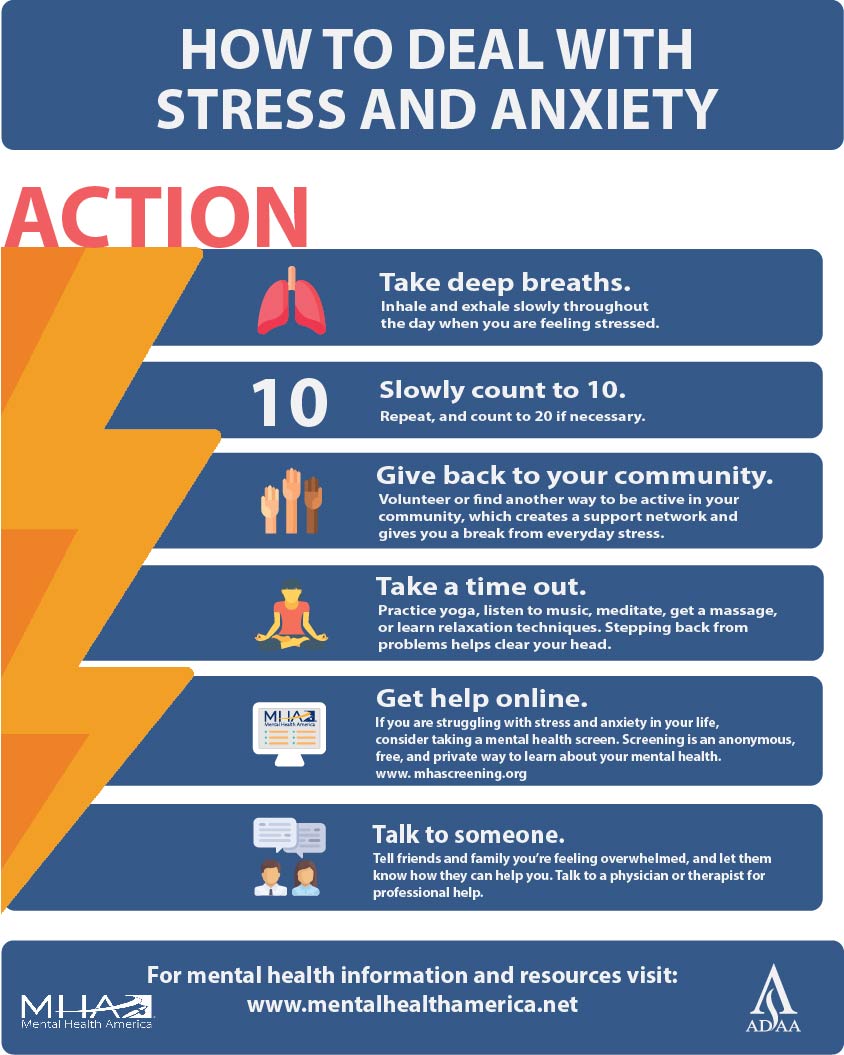
Thank you for creating such a handy little tool for us to use. Whenever we are faced with a problem, we feel the need to ‘do something’ about it, the impulse is to become active, and doing meditation seems, well it just doesn’t seem to fit the ‘doing’ so we brush it aside in favor of other techniques, like the ones you suggest, brilliant. We are Human Beings, and that is what meditative practice can help us with, becoming more Human Beings rather than chasing our tails around as Human Doings. It can be such a challenge to get even the most open of people to commit to a routine of meditative practice, which is an important muscle for us to practice and build so that we can cultivate a natural calm in our daily lives.

What strategies have you used with clients struggling with stress and anxiety? Thanks!)įor more expert strategies for working with anxiety check out the NICABM short course with Stephen Porges, PhD Peter Levine, PhD Pat Ogden, PhD Richard Schwartz, PhD and 14 other top-experts. We put a lot of work into creating these resources for you. (Please be sure to include the copyright information. If you’d like to print a copy to share, please click here: Color or Print-friendly And that can be key, because it shifts their relationship with anxiety away from fear and worry. It breaks down four key strategies to manage anxiety and reduce residual stress.Įach of these strategies can be helpful because they give clients specific ways to highlight what’s meaningful in their life.

So how can we help clients disrupt the exhausting cycle of anxious thoughts and feelings?īelow, we created a free tool based on the work of Shelly Harrell, PhD for practitioners to share with their clients.
Anxiety infographic professional#
For many clients, anxiety can be crippling – it often stifles their personal and professional growth, shuts down their ability to form relationships, and sometimes even takes a toll on their physical health.


 0 kommentar(er)
0 kommentar(er)
